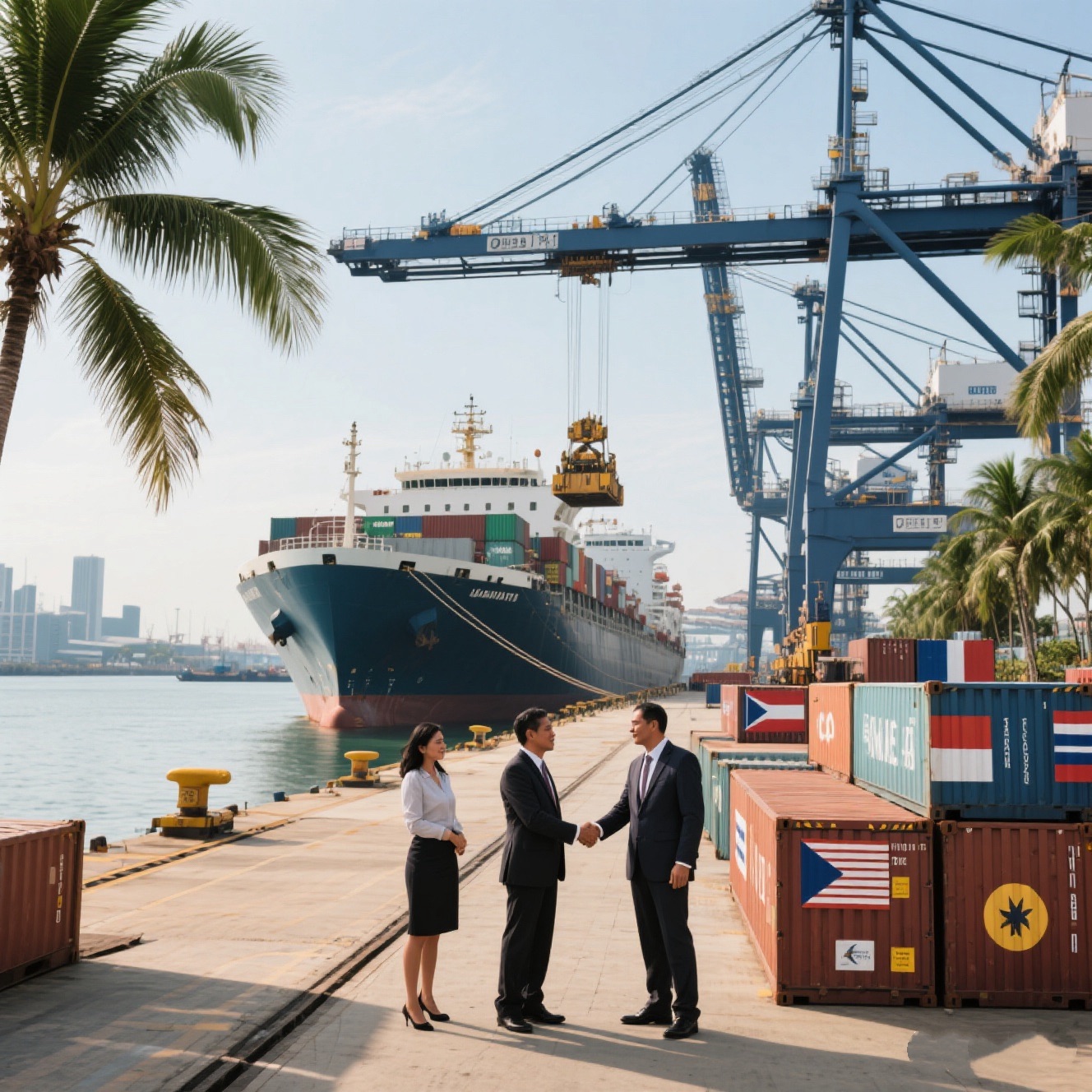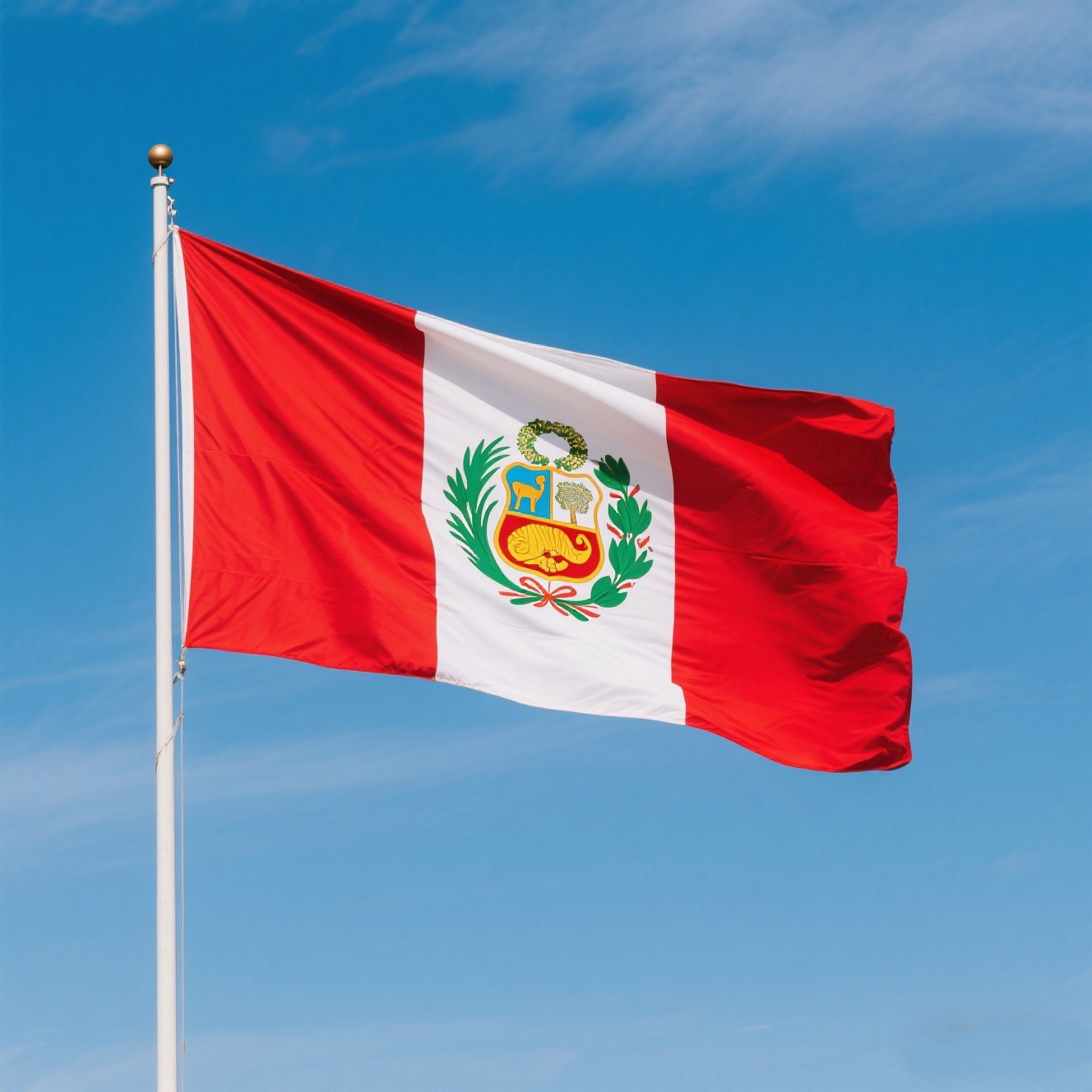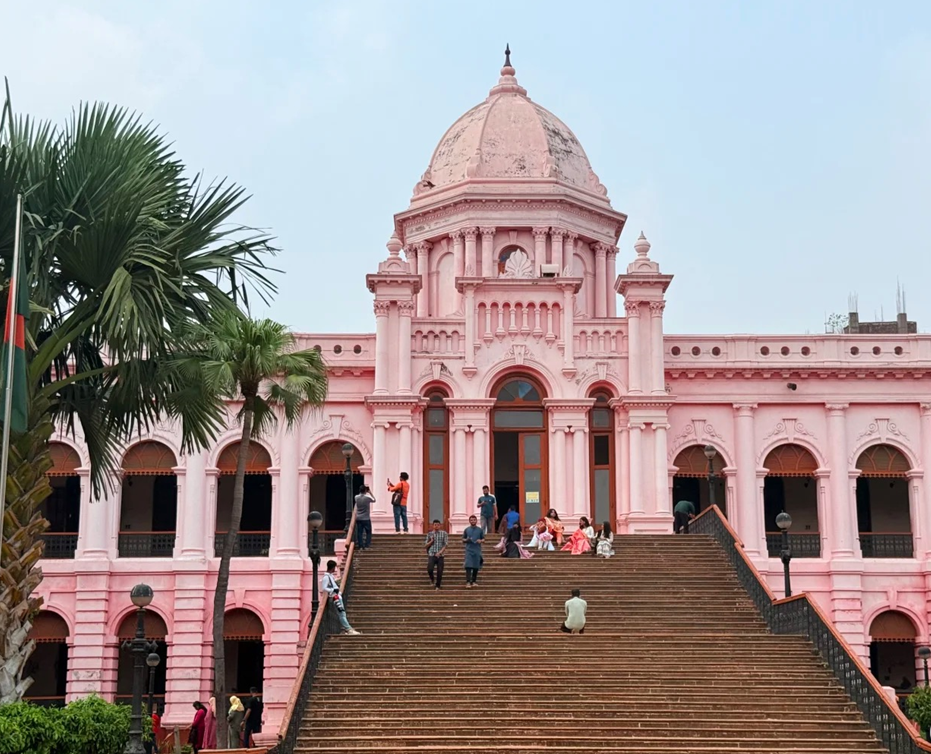
Big Trade Data Focus丨Market Development Guide for Mongolia, the World's Second-Largest Landlocked Country
“China-Mongolia bilateral trade continues to expand. In 2024, the trade volume between China and Mongolia reached $18.62 billion, a year-on-year increase of 10.1%, hitting a record high and exceeding the overall growth rate of China's foreign trade by 5 percentage points. China has long remained Mongolia's largest trading partner, its largest source of imports, and its largest export destination.”
Mongolia is located in the heart of Asia and the core of Northeast Asia, making it the world's second-largest landlocked country by territory. Its northern border adjoins the Russian Federation, while its eastern, southern, and western sides are adjacent to China, forming a unique landlocked geopolitical pattern. The country features vast territorial depth and generally exhibits topographical characteristics that are higher in the west and lower in the east. This special geopolitical situation, where three sides border a single country, is rare worldwide.
Mongolia covers a total area of 1.5665 million square kilometers, with an average elevation of approximately 1,580 meters, serving as a vital geographical hub on the Asian continent. Its territory connects to the Arctic Circle via Siberia in the north, transitions to the North China Plain through the Gobi Desert in the south, faces the Sea of Japan in the east, and extends to the Altai Mountains in the west, making it a significant natural ecological barrier and transcontinental transportation corridor in Northeast Asia. This unique geographical position establishes Mongolia as a strategic passage connecting East Asia, Central Asia, and North Asia, holding an irreplaceable and crucial role in the regional geographical landscape.
China-Mongolia bilateral trade continues to expand. In 2024, the trade volume between China and Mongolia reached $18.62 billion, a year-on-year increase of 10.1%, hitting a record high and exceeding the overall growth rate of China's foreign trade by 5 percentage points. China has long remained Mongolia's largest trading partner, its largest source of imports, and its largest export destination.
For foreign trade enterprises, Mongolia is not only a source of mineral and livestock products but also a trade transit point connecting the Chinese and Russian markets and radiating to Northeast Asia. How to develop the Mongolian market? The most comprehensive guide is right here.

【Market Overview】
As the world's second-largest landlocked country, Mongolia's main industries include mining, agriculture and animal husbandry, transportation, and services. Mongolia's per capita GDP shows a fluctuating upward trend, reaching $6,691.48 in 2024, a 14.6% increase compared to 2023.
Mongolia is a member of multilateral organizations such as the World Trade Organization and the World Bank's Multilateral Investment Guarantee Agency. Mongolia has also signed regional trade agreements with certain countries and regions, such as the Eurasian Economic Union (EAEU) with Russia, Kazakhstan, and other countries.
Mongolia's tariffs are divided into preferential tariffs and ordinary tariffs. Preferential tariffs apply to imported goods from specific countries or regions, while ordinary tariffs apply to goods from other sources, with the general tariff rate being twice that of the special preferential rate. The basis for tariff collection in Mongolia is usually the CIF value (cost, insurance, and freight) of the goods.
【Market Demand】
Machinery and Equipment
Mongolia is rich in mineral resources, with minerals accounting for 80% of its exports. However, it heavily relies on imports for light industrial products, machinery, and equipment. As a result, there is strong demand for mining equipment, infrastructure engineering machinery, and power equipment.
Automobiles and Transportation Vehicles
Sixty percent of Mongolia's land consists of deserts and grasslands. In 2024, imports of transportation vehicles and their parts accounted for about 20.9% of total imports. Meanwhile, as the expanding middle class drives demand for passenger vehicles, the need for automobiles and transportation vehicles is expected to rise.
Fruits,Vegetables and Agricultural Products
Due to geographical constraints, arable land accounts for only 0.17% of Mongolia's territory, and its long winters limit local vegetable production to meeting only 20% of demand. As a result, the country heavily relies on imports from China for fruits, vegetables, and agricultural products.
Construction Materials and Machinery
In recent years, Mongolia has seen vigorous investment in infrastructure, including the launch of the "One Million Housing Program," which has driven demand for construction materials and engineering machinery.
Electronic Products
The 15-34 age group accounts for 28.8% of the population, making smartphones a daily necessity. Additionally, the government's promotion of the "Digital Mongolia" plan and a 30% e-commerce penetration rate in the capital, Ulaanbaatar, have increased demand for electronic products.
【Market Characteristics】
Highly Price-Sensitive
Mongolia is a relatively economically disadvantaged country, and customers generally prioritize price. This should be taken into account during negotiations.
Youth-Driven Population
The 15-34 age group accounts for 28.8% of Mongolia's population, with those under 30 contributing to 60% of consumption growth. The youthful demographic drives innovation in consumption, making technology products and fashionable particularly popular among young people.
Diverse Brand Loyalty
Mongolian consumers are highly price-sensitive, but brand awareness has significantly increased in certain sectors. For instance, local brands are preferred in the food sector, while international brands are trusted for quality stability in electronics.
Immediate Consumption Orientation
Mongolian consumers generally adhere to an "immediate consumption" mindset, with a long-term savings rate below 10%. This consumption pattern, while boosting retail market activity, reflects a preference for spending over saving.
Flexible Time Management
Mongolian clients may have a different understanding of punctuality. Meetings may sometimes start late or schedules may be more flexible. It is advisable to confirm arrangements in advance and be prepared for possible adjustments.
Trust-Based Relationships
Mongolian clients place great importance on interpersonal relationships and trust-building. Establishing strong personal connections is key to success in business interactions, as they prefer long-term cooperation with familiar and trusted partners.
【Major Import and Export Products】
Imports: Machinery and equipment (excavators, loaders, mining trucks, tractors, etc.), meat, dairy products, rice, wheat, chemical products, construction materials, textiles, transportation vehicles, etc.
Exports: Coal, copper concentrate, unwrought or semi-wrought gold, iron concentrate, fluorite ore, zinc concentrate, cashmere, meat, etc.
Major Trading Partners: China, Russia, the United States, Switzerland, Japan, South Korea, etc.
【Mongolia Market Development Channels】
Search Engines
https://www.google.com/
B2B Platforms
www.mongolchamber.mn
www.madeinmongolia.net
https://asiatradehub.com/
Official Foreign Trade and Economic Websites
President's Office: https://president.mn/
Ministry of Foreign Affairs of Mongolia: https://www.mfa.gov.mn/
Ministry of Finance of Mongolia: https://mof.gov.mn/
Major Exhibitions
Mongolia Mining Expo
Mongolia International Trade Fair
Food & Beverage Mongolia
Mongolia International Travel Mart

Big Trade Data Ltd. has launched Mongolia transaction data to help foreign trade enterprises expand into the Mongolian market, leverage international business opportunities, accurately identify potential customers, and develop the most suitable market strategies.










